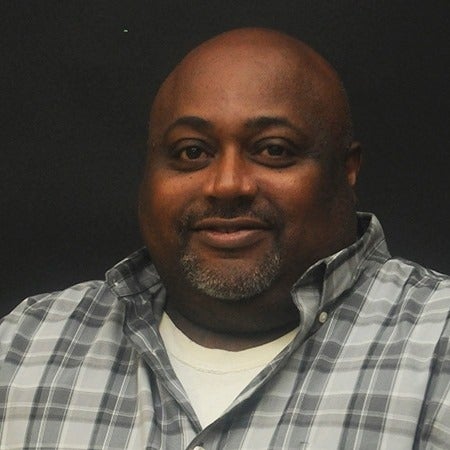What is the school to prison pipeline?
Published 6:21 pm Monday, February 4, 2019
Recently, Team Selma was awarded a grant from the Black Belt Community Foundation, Truth Racial Healing and Transformation. The purpose of our grant is to explore how we can disrupt the school to prison pipeline through literacy. During the next couple of weeks, I will share our progress as we embark on this in-depth study. First, let’s clarify the term “school to prison pipeline”.
According to the American Liberties Civil Union (ACLU), “school-to-prison pipeline,” is a disturbing national trend wherein children are funneled out of public schools and into the juvenile and criminal justice systems. A large number of these children have learning disabilities or are products of generational poverty, abuse or neglect, and would benefit from additional educational and counseling services. Instead, they are isolated, punished and pushed out of school.
It is disturbing to think that our schools contribute to the phenomena of the school to prison pipeline. Yet this may be our reality. Team Selma is focused on examining our practices that prevent our scholars from reaching a level of excellence. More specifically, which practices do we currently have that actually lend themselves to students of color being suspended or expelled at high rates compared to their white counterparts.
Although Selma City Schools does not have an explicit zero-tolerance policy, does this mean that our outcomes vary from the national statistics? This is one question that our study will explore.
Nationally, black students are suspended or expelled three times more than white students. This is problematic because students suspended or expelled for a discretionary violation are nearly three times more likely to be in contact with the juvenile justice system the following year.
Nationally, black students represent 16 percent of student enrollment yet 31 percent of school-related arrests are of black students. The statistics are even more alarming when we focus on our black males.
So how does this relate to literacy? According to the U.S. Department of Education, 60 percent of adults in federal and state correctional institutions are illiterate and 85 percent of all juvenile offenders have reading problems. Only about one-third of prison inmates have completed high school.
These statistics are staggering and create a true sense of urgency. Team Selma is committed to gaining a better understanding of the school to prison pipeline while also ensuring that we are not a part of the problem. If you are interested in learning more about our study or want to participate, please reach out to me. Let’s learn together so that we can improve outcomes for our community!
For more information, email me at avis.williams@selmacityschools.org



